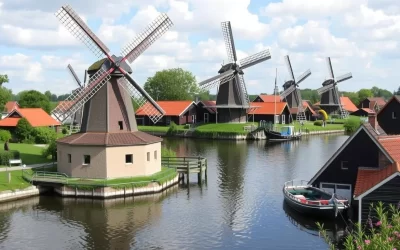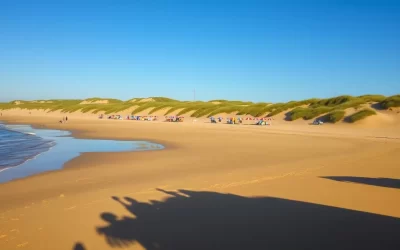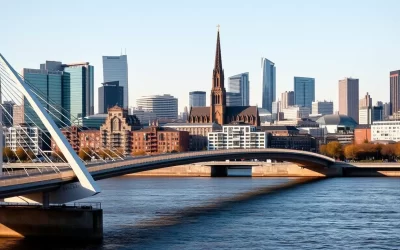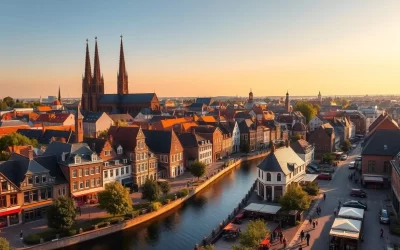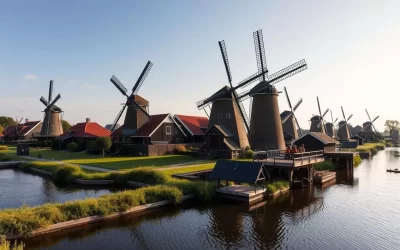✓ Accommodations✓ Flights✓ Rental Cars✓ Tours & Activities
Did you know that over 90% of people in this European country can speak English? This makes it one of the most multilingual places in the world. The official language here is Dutch, spoken by nearly everyone. But that’s just the beginning of the story.
The country’s linguistic landscape is shaped by its history and global connections. From Frisian in the north to dialects like Limburgish, there’s a rich variety of language spoken. Migration has also added to this diversity, with communities speaking Turkish, Arabic, and more.
In this article, you’ll explore how Dutch became the dominant language. You’ll also learn about the unique role of Frisian and other regional dialects. Whether you’re curious about history or modern usage, this guide has you covered.
Historical and Cultural Roots of the Netherlands’ Languages
The roots of the Dutch language stretch back to the early Middle Ages, shaped by Germanic tribes and trade routes. This Germanic language evolved from Old Frankish dialects, which were spoken by settlers in the region. Over time, these dialects transformed into what we now recognize as Dutch and Frisian.
During the early centuries, the variety of language spoken in the area was influenced by the migration of Germanic tribes. These groups brought their own dialects, which blended with local vernaculars. Trade also played a significant role, introducing new words and expressions that enriched the linguistic landscape.
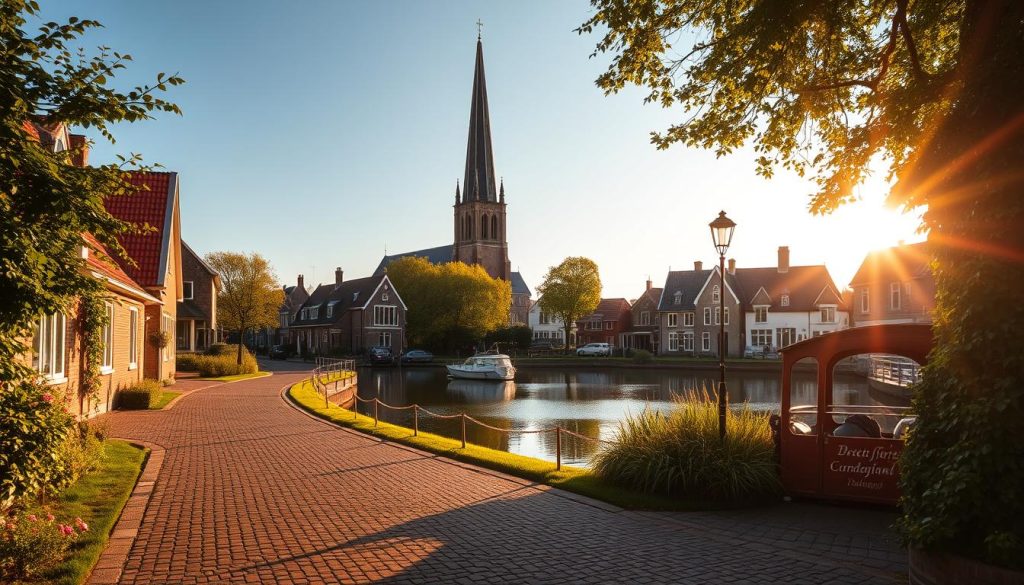
One of the earliest examples of Dutch is found in the Salic law, written around 510 AD. This document marks the beginning of a written language tradition in the region. By the 12th century, Middle Dutch dialects emerged, reflecting the cultural and regional diversity of the time.
Today, you can still see the continuity between older language forms and modern Dutch. For instance, the famous Old Dutch phrase “Hebban olla vogala nestas hagunnan” (All birds have begun nests) showcases the enduring structure of the language. This connection to the past is a source of cultural pride for many speakers.
Linguistic diversity remains a hallmark of the region. From Frisian in the north to Limburgish in the south, each dialect tells a story of its region. This variety of expressions highlights the rich history and cultural heritage that continue to shape the language spoken today.
Dutch: The Official Language and National Identity
Dutch is more than just a language; it’s a cornerstone of national identity. As the official language, it unites a diverse population under one cultural umbrella. From government proceedings to educational systems, Dutch plays a pivotal role in daily life.
Standard Dutch is the form used in formal settings, media, and education. It evolved in the 19th century to unify regional dialects. Today, it serves as the backbone of communication across the country.
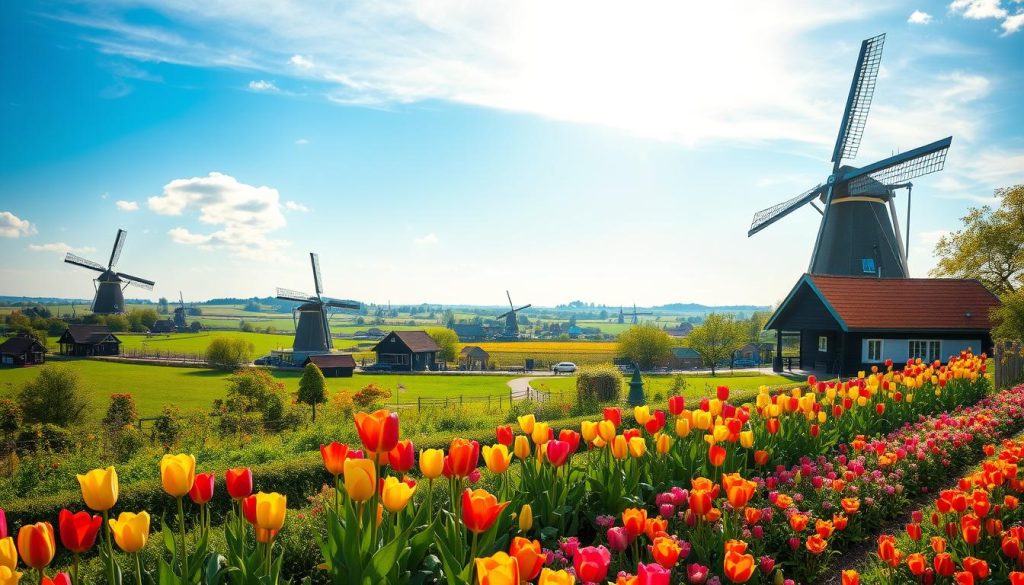
Regional dialects, however, add flavor to the linguistic landscape. For example, Limburgish in the south and Frisian in the north reflect local identities. These variations coexist with standard Dutch, enriching the cultural heritage of the country.
“Language is the road map of a culture. It tells you where its people come from and where they are going.”
In schools and universities, both standard Dutch and regional dialects are taught. This practice ensures that students appreciate their linguistic roots while mastering the official language. Over 90% of the population speaks Dutch, making it a unifying force.
Here’s a quick comparison of standard Dutch and regional dialects:
| Form | Usage | Region |
|---|---|---|
| Standard Dutch | Government, media, education | Nationwide |
| Frisian | Local communication, cultural events | Friesland |
| Limburgish | Everyday conversations | Limburg |
Dutch is not just a tool for communication; it’s a reflection of identity. Whether you’re a person speaking a regional dialect or using standard Dutch, the language connects you to a shared history and culture.
Netherlands: Official and widely spoken languages
With nearly 95% of its population fluent in Dutch, the country also boasts impressive English proficiency. This makes it a standout place for multilingual communication. Dutch is the primary language, but English is almost universally understood, creating a seamless experience for visitors and residents alike.
According to the EF English Proficiency Index, over 90% of the population speaks English at a high level. This proficiency is a result of early exposure in school and its integration into daily life. English is often used in business, tourism, and education, making the country a global leader in multilingualism.
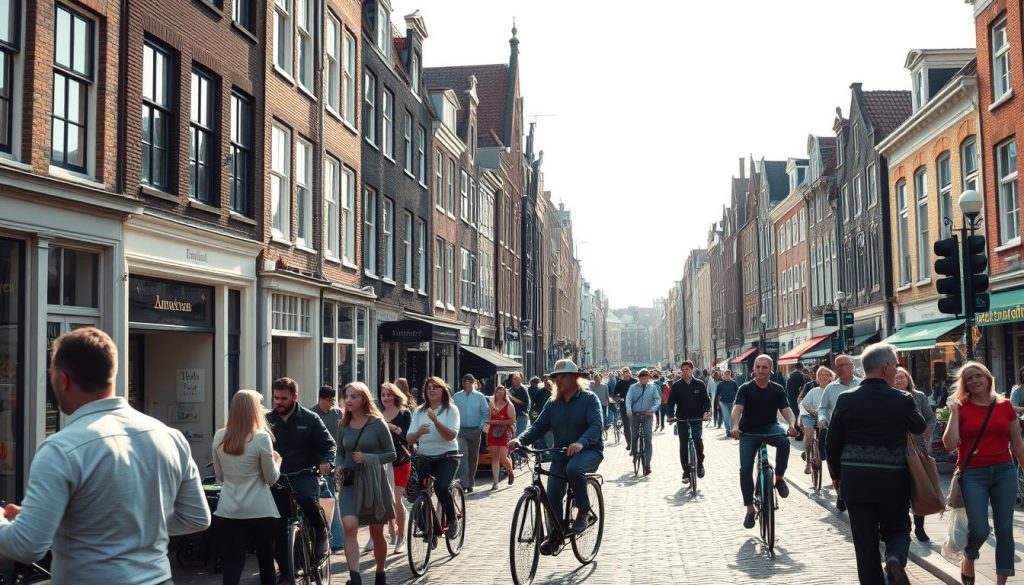
| Language | Percentage of Speakers | Primary Usage |
|---|---|---|
| Dutch | 95% | Official communication, education |
| English | 90% | Business, tourism, education |
| German | 71% | Regional communication |
| French | 29% | Cultural and educational contexts |
Schools play a crucial role in maintaining this linguistic diversity. Students learn Dutch as their primary language, but English is introduced early. Many also study German or French, reflecting the country’s commitment to multilingual education.
This focus on language learning makes the Netherlands a welcoming place for international visitors. Whether you’re a tourist or a speaker of another language, you’ll find communication easy and accessible. The country’s multilingual ethos is a testament to its global outlook and cultural openness.
The Multilingual Mosaic: Migration and Regional Languages
Migration has played a pivotal role in shaping the vibrant linguistic landscape here. Over the years, communities from Turkey, Morocco, and Indonesia have brought their language and culture, enriching the variety of expressions. Today, you’ll hear Turkish, Arabic, and Berber in neighborhoods across the country.
Regional dialects like Limburgish, Low Saxon, and Zeelandic remain an important part of local identity. These dialects are not just ways of speaking; they’re a connection to history and heritage. Efforts to preserve them ensure they continue to thrive in modern times.
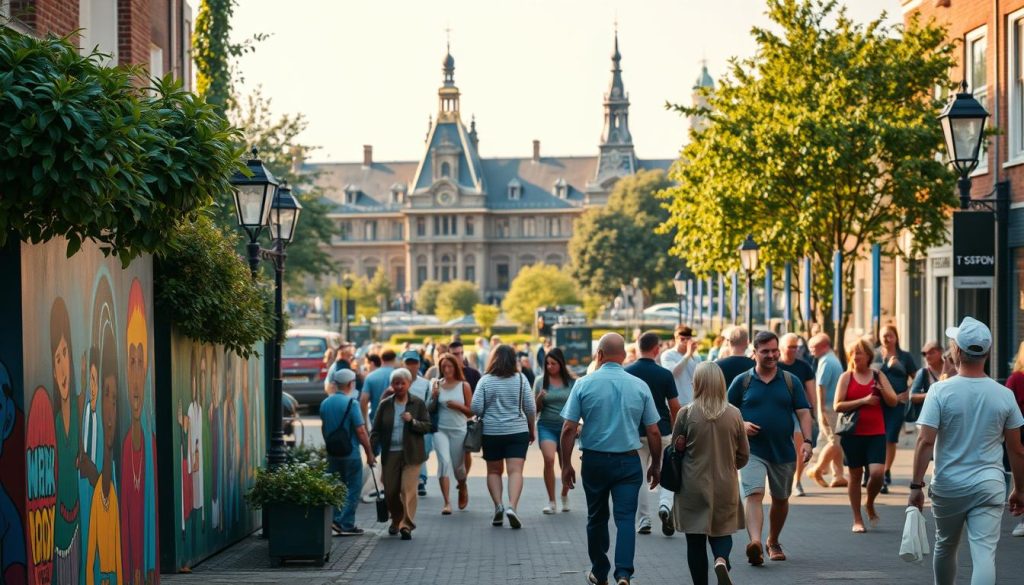
In the province of Friesland, Frisian is a living example of linguistic preservation. It’s used in schools, media, and daily life, showcasing the region’s pride in its unique language. Similarly, Limburgish in the south and Low Saxon in the east reflect the cultural richness of their respective provinces.
Areas like Sint Maarten add another layer to this mosaic. As an island territory, it blends Dutch with English and Creole, creating a unique linguistic mix. This region is a testament to how global connections shape language.
“Every dialect tells a story, and every language carries the soul of its people.”
Here’s a quick look at how migration and regional diversity contribute to the linguistic landscape:
- Turkish and Arabic are widely spoken in immigrant communities.
- Limburgish and Low Saxon are preserved as symbols of regional pride.
- Sint Maarten blends Dutch, English, and Creole, reflecting its island culture.
This variety of language and dialect embodies the worldliness of the country. It’s a reminder that language is more than communication—it’s a bridge between cultures, histories, and identities.
Conclusion
The linguistic tapestry of this nation reflects its rich history and global connections. Dutch stands as the official language, uniting a diverse population while regional dialects like Frisian and Limburgish add unique flavors. This variety of language spoken showcases the cultural depth of the place.
Historical influences, from Germanic roots to modern migration, have shaped this vibrant language netherlands. Today, over 90% of the population speaks English, making it a hub for international communication. This multilingual competence fosters global connections and cultural understanding.
From Frisian in the north to immigrant communities speaking Turkish and Arabic, the world of language here is a mosaic of identities. It’s a testament to how language unites people while celebrating diversity.
Take a moment to reflect on how language bridges cultures and histories. Whether you’re a speaker or a curious person, this linguistic landscape invites you to explore its vibrant stories.
The above is subject to change.
Check back often to TRAVEL.COM for the latest travel tips and deals.

